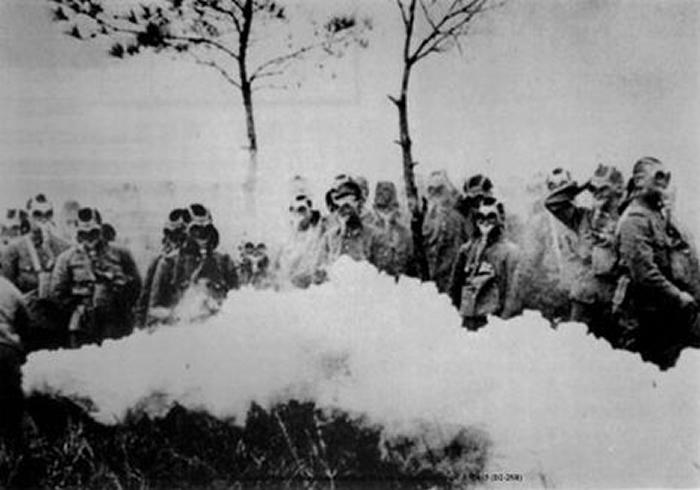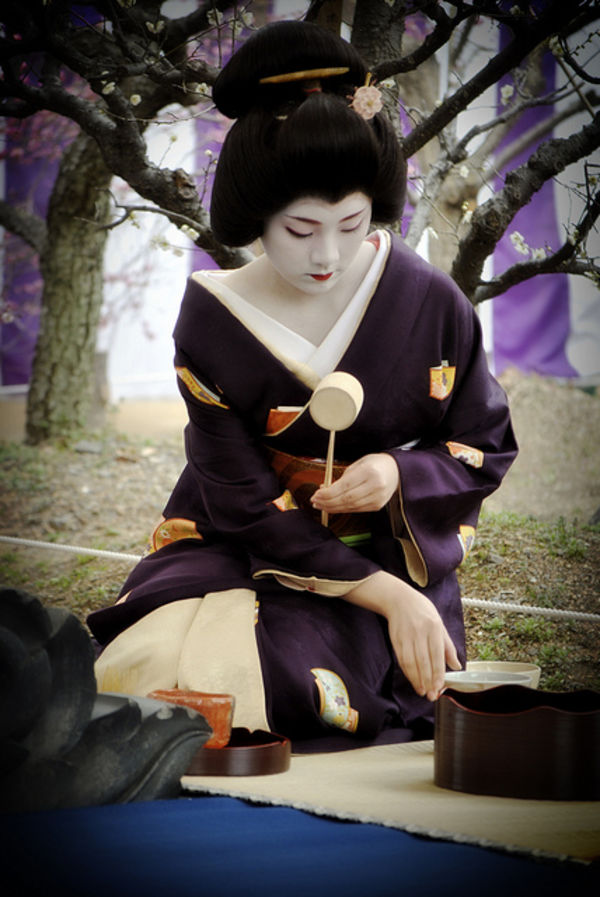Republished by Blog Post Promoter
“Set up as a top-secret biological and chemical weapons facility during the Second Sino-Japanese War and World War Two, Unit 731 has been referred to as the Asian Auschwitz. Through the practice of lethal human experimentation, the unit is thought to have been responsible for the death of up to 200,000 civilians and military personnel – the vast majority Chinese and Korean nationals, but also South East Asians, Pacific Islanders and Allied POWs. In the sprawling six kilometer-square complex in the city of Harbin (now part of Northeast China) those behind the sickening ‘research’ developed some of the most cruel and sadistic experiments ever to be conducted on human victims. These included vivisection, amputations, germ warfare tests, explosive weapons testing, and much more.
Sheldon H. Harris, one of the foremost historians on Unit 731, explained in a History Channel documentary how the people tortured and killed were treated as objects: “These scientists had a weird sense of humor,” Harris revealed. “They referred to their victims as “matures”, which, loosely translated, is logs, and that’s how they thought about them, as pieces of wood, not as humans. They could cut them up; they could burn them in a fireplace… If they ran short of candidates, the secret police would just literally sweep the streets of the city and pick up enough candidates for the lab.”
Many horrific experiments were enacted on these pieces of living timber under the direction of Shiro Ishii, the unit’s commander. The experiments sound like they could easily have come from the mind Josef Mengele, the Nazi doctor also known as the Angel of Death, infamous for his sick and twisted human experiments on prisoners held in Auschwitz.
There were many other fiendish experiments acted out on the thousands of prisoners incarcerated in Unit 731. These included testing chemical weapons on people trapped inside gas chambers; spinning victims in giant centrifuges until they perished; hanging individuals upside down to test their endurance before they choked to death; and injecting air into prisoners’ arteries and horse urine into their kidneys.
All things considered, these experiments rivaled many of those dreamed up by the Nazi doctor, Josef Mengele, in terms of pure evil intent, and yet incredibly many of the scientists implicated were honored for their services to their country.
The brains behind the unit, Shiro Ishii, lived in peace and quiet to the ripe old age of 67, when he died of throat cancer. The United States felt that the research into germ warfare was too valuable to lose and so cut a deal with the Japanese. In 1947, Douglas MacArthur, the General of the US Army, wrote to Washington that “additional data, possibly some statements from Ishii probably can be obtained by informing Japanese involved that information will be retained in intelligence channels and will not be employed as ‘War Crimes’ evidence.”
By granting immunity to Ishii and the other scientists working under him, the US wanted to ensure that no other nation would lay its hands on their research into bio-warfare. However, the Soviets did glean a certain amount of information after prosecuting 12 leaders and scientists from Unit 731 in war crimes trials held in 1949. Those found guilty were sentenced to between two and 25 years in a labor camp, and the Soviets built a biological weapons facility in Sverdlovsk using the data collected. Meanwhile, Shiro Ishii himself moved to (Fort Detrick) Maryland where he worked as a bio-weapons researcher. Yes, you read that correctly: Ishii was given a job in the US rather than tried as a war criminal.
The United States military began operations in Biological Warfare weapons research at Ft. Detrick, MD in 1946. Read the Wikipedia entry here: http://en.wikipedia.org/wiki/United_States_biological_weapons_program
READ THE ENTIRE STORY AND SEE 14 OTHER IMAGES ON THE FOLLOWING LINK: Unit 731: The Horrors of the Asian Auschwitz | Environmental Graffiti.



